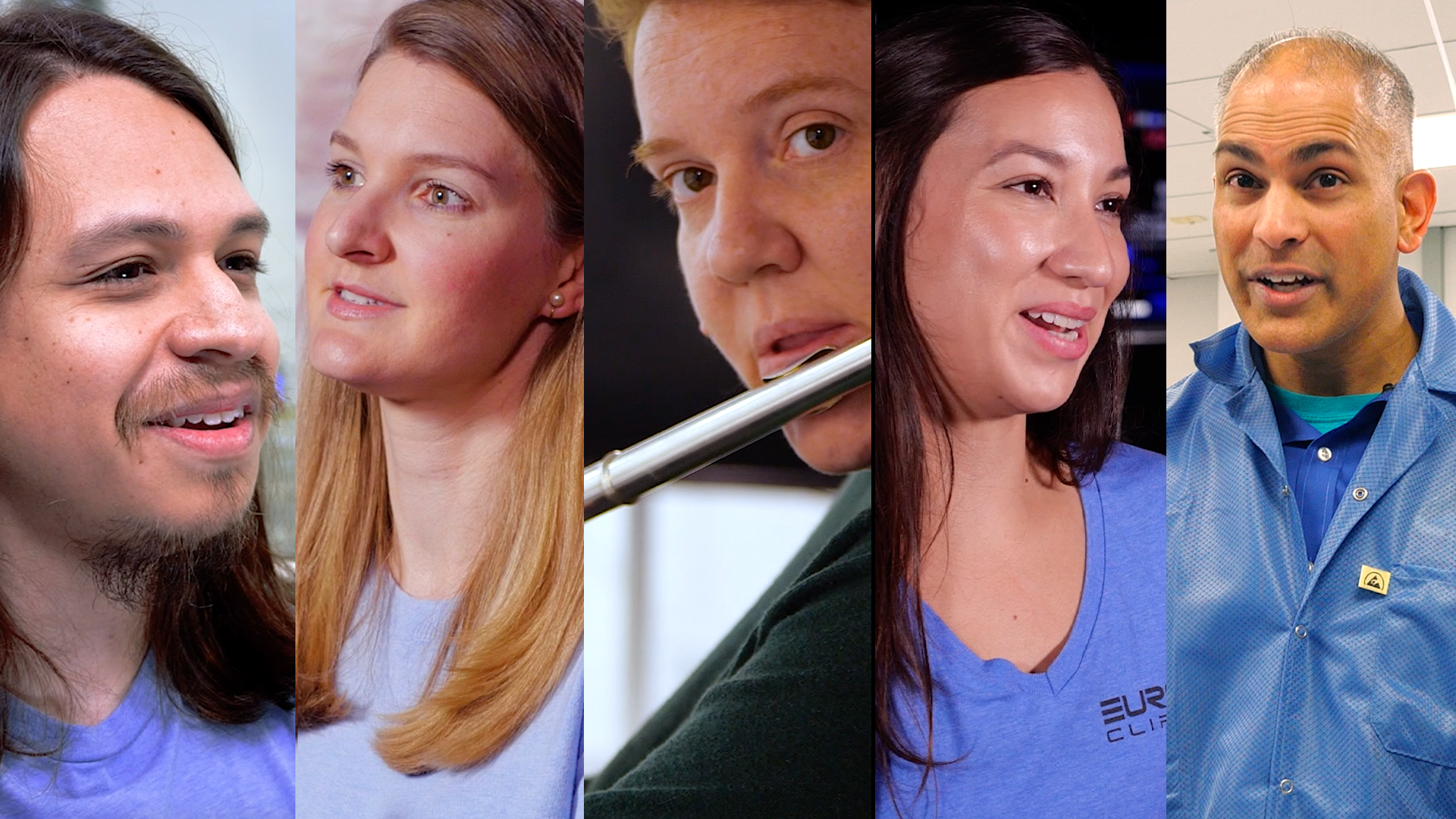 Learn about some of the engineering work being done by five members of NASA’s Europa Clipper mission, which aims to launch Thursday, Oct. 10.NASA With NASA’s Europa Clipper just weeks away from launch, five short videos give a behind-the-scenes peek at some of the engineers dedicated to making the mission a success.
Learn about some of the engineering work being done by five members of NASA’s Europa Clipper mission, which aims to launch Thursday, Oct. 10.NASA With NASA’s Europa Clipper just weeks away from launch, five short videos give a behind-the-scenes peek at some of the engineers dedicated to making the mission a success.
What does it take to build a massive spacecraft that will seek to determine if a mysterious moon has the right ingredients for life? Find out in a new video series called “Behind the Spacecraft,” which offers behind-the-scenes glimpses into the roles of five engineers working on NASA’s Europa Clipper mission, from building the spacecraft’s communications systems to putting it through rigorous tests so the orbiter can meet its science goals in space.
With its launch period opening Thursday, Oct. 10, Europa Clipper is the agency’s first mission dedicated to exploring an ocean world beyond Earth. The spacecraft will travel 1.8 billion miles (2.9 billion kilometers) to the Jupiter system, where it will investigate the gas giant’s moon Europa, which scientists believe contains a global saltwater ocean beneath its icy shell.
The videos are being released here weekly. The first two are already out.
Meet the team:
Dipak Srinivasan, lead communications systems engineer at the Johns Hopkins Applied Physics Laboratory, makes sure the Europa Clipper team can communicate with the spacecraft. Learn more about his work in the video above. Sarah Elizabeth McCandless, navigation engineer at NASA’s Jet Propulsion Laboratory, helped plan Europa Clipper’s trajectory, ensuring the spacecraft arrives at Jupiter safely and has a path to fly by Europa dozens of times. Learn more about Sarah’s work here. Jenny Kampmeier, a science systems engineer at JPL, acts as an interface between mission scientists and engineers. Andres Rivera, a systems engineer at JPL and first-generation American, works on Europa Clipper’s cruise phase — the journey from Earth to Jupiter. Valeria Salazar, an integration and test engineer at JPL who spent her childhood in Mexico, helped test the Europa Clipper spacecraft to ensure its launch readiness. Upcoming Livestreams and Broadcasts Europa Clipper experts will answer questions about the mission in a NASA Science Live show airing in English on Tuesday, Oct. 1, and in Spanish on Thursday, Oct. 3. The broadcasts will appear on NASA+, YouTube, Facebook, and X. The Spanish broadcast will be streamed on the NASA en Español YouTube channel. Viewers can submit questions on social media using the hashtag #askNASA or by leaving a comment in the chat section of the Facebook or YouTube stream.
Europa Clipper is the largest spacecraft NASA has ever developed for a planetary mission and will fly through the most punishing radiation environment of any planet in the solar system. The spacecraft will orbit Jupiter and, during multiple flybys of Europa, will collect a wealth of scientific data with nine science instruments and an experiment that uses its telecommunications system to gather gravity data.
More About Europa Clipper Managed by Caltech in Pasadena, California, JPL leads the development of the Europa Clipper mission in partnership with the Johns Hopkins Applied Physics Laboratory (APL) in Laurel, Maryland, for NASA’s Science Mission Directorate in Washington. The main spacecraft body was designed by APL in collaboration with JPL and NASA’s Goddard Space Flight Center in Greenbelt, Maryland. The Planetary Missions Program Office at NASA’s Marshall Space Flight Center in Huntsville, Alabama, executes program management of the Europa Clipper mission. NASA’s Launch Services Program, based at Kennedy, manages the launch service for the Europa Clipper spacecraft.
To learn more about Europa Clipper, visit:
8 Things to Know About Europa Clipper NASA’s Europa Clipper Gets Its Giant Solar Arrays Kids Can Explore Europa With NASA’s Space Place Europa Clipper Teachable Moment News Media Contacts Val Gratias / Gretchen McCartney
Jet Propulsion Laboratory, Pasadena, Calif.
626-318-2141 / 818-393-6215
valerie.m.gratias@jpl.nasa.gov / gretchen.p.mccartney@jpl.nasa.gov
Karen Fox / Molly Wasser
NASA Headquarters, Washington
202-358-1600
karen.c.fox@nasa.gov / molly.l.wasser@nasa.gov
2024-127
Keep Exploring Discover More Topics From NASA Missions


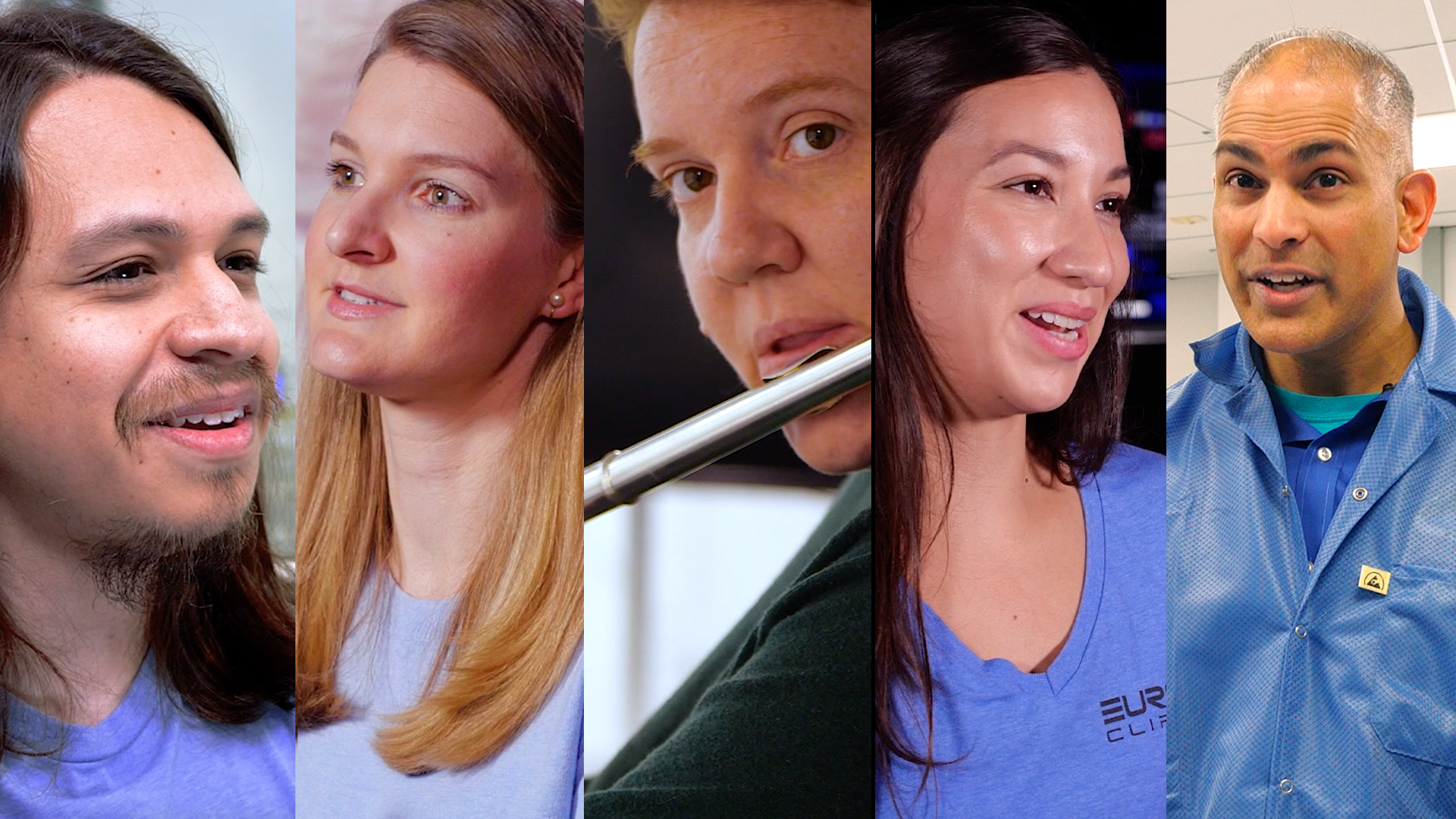
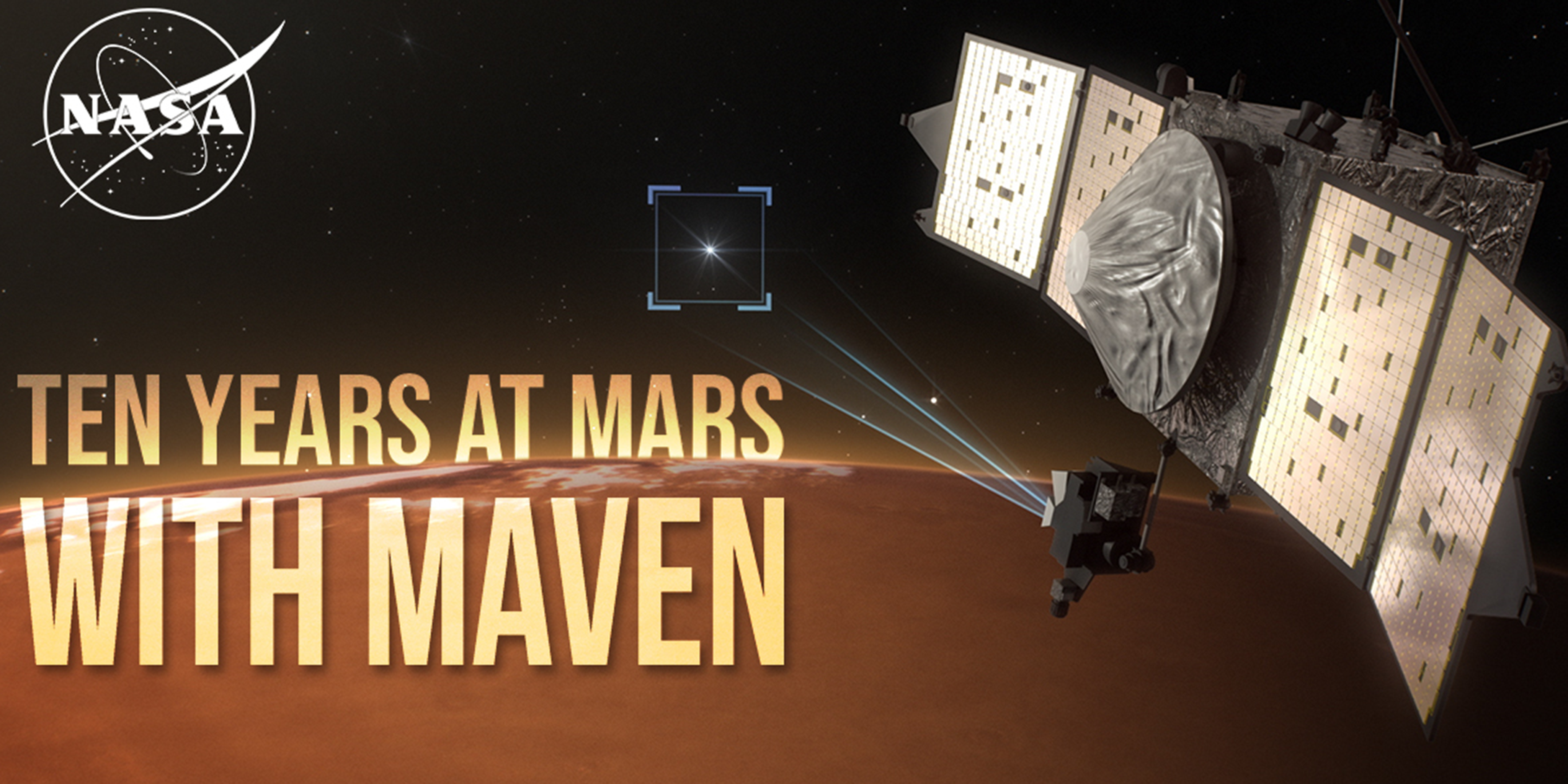 6 min read Celebrating 10 Years at Mars with NASA’s MAVEN Mission A decade ago, on Sept. 21, 2014, NASA’s MAVEN (Mars Atmospheric and Volatile EvolutioN) spacecraft…
6 min read Celebrating 10 Years at Mars with NASA’s MAVEN Mission A decade ago, on Sept. 21, 2014, NASA’s MAVEN (Mars Atmospheric and Volatile EvolutioN) spacecraft…
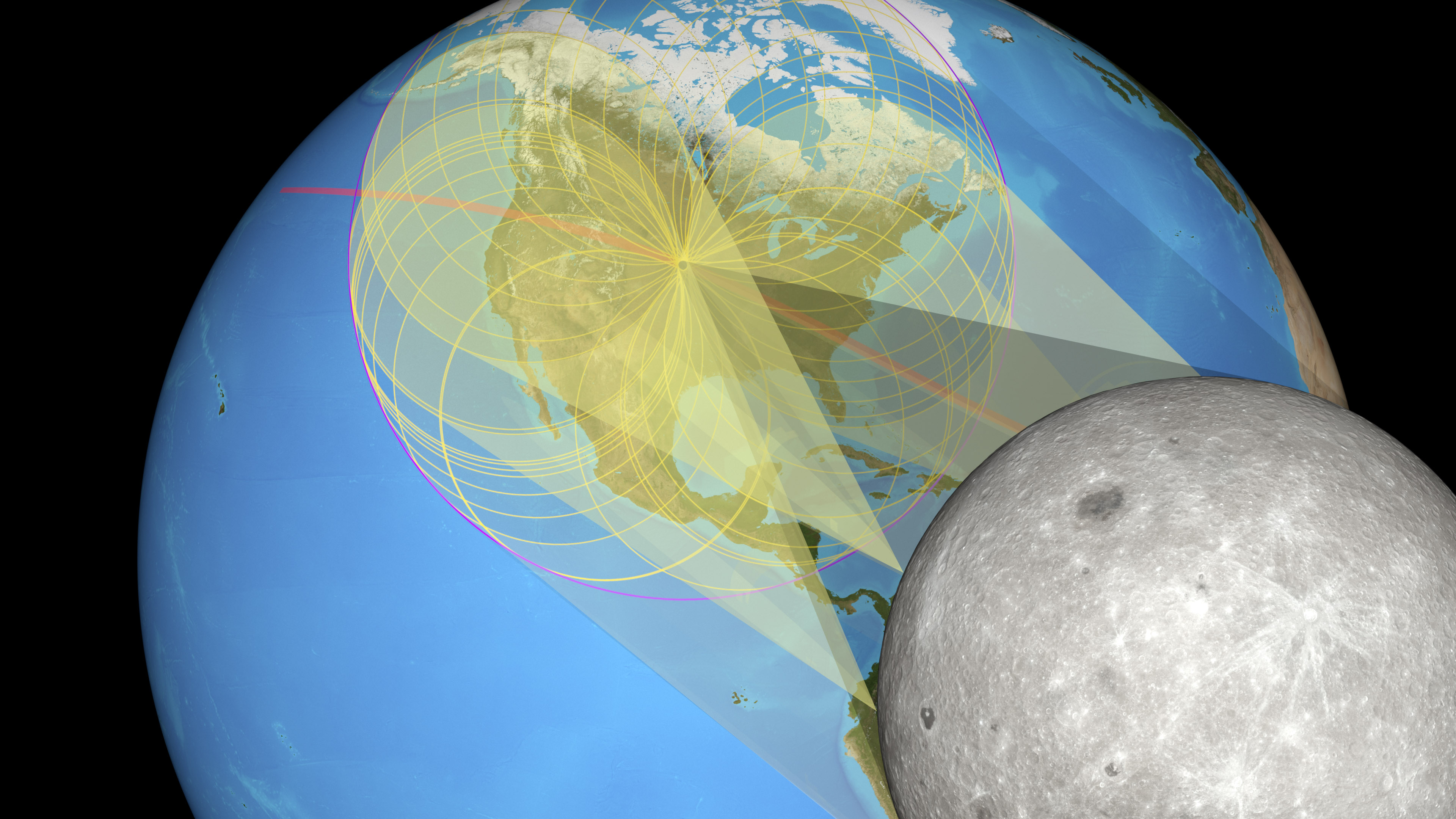 3 min read NASA Develops Process to Create Very Accurate Eclipse Maps New NASA research reveals a process to generate extremely accurate eclipse maps, which plot the…
3 min read NASA Develops Process to Create Very Accurate Eclipse Maps New NASA research reveals a process to generate extremely accurate eclipse maps, which plot the…
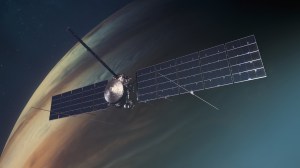 6 min read 8 Things to Know About NASA’s Mission to an Ocean Moon of Jupiter Article 6 days ago
6 min read 8 Things to Know About NASA’s Mission to an Ocean Moon of Jupiter Article 6 days ago 


